Every year I tell y’all (get British me using a Texan-ism ![]() ) to water as little as possible, often telling you with what appears to be little regard for the burning temperatures outside to keep your sprinklers off and you can only muse that clearly I really am a CRAZY grass lady.
) to water as little as possible, often telling you with what appears to be little regard for the burning temperatures outside to keep your sprinklers off and you can only muse that clearly I really am a CRAZY grass lady.
You watch your neighbors watering once, twice, four times a week and find yourself glancing sideways at the sprinkler controls as you speed-walk from air-conditioned car to air-conditioned house (which still isn’t quick enough to avoid breaking into a sticky sweat in all the wrong places.) You can only sensibly assume that I’ve gotten busy and forgotten to update that of course you must now run the sprinklers! The neighbors lawn already looks so green and thick and yet you’re expected to allow yours to become dry? I clearly have not read the HOA deeds, and anyway, how could I possibly know if you cheat just this once… a week. Bare with me! Though I’m sure my kids would testify that my mental health is sometimes tenuous, there is method behind my watering recommendations. I want to explain to you the reason behind my madness to better understand what we’re trying to achieve and why.
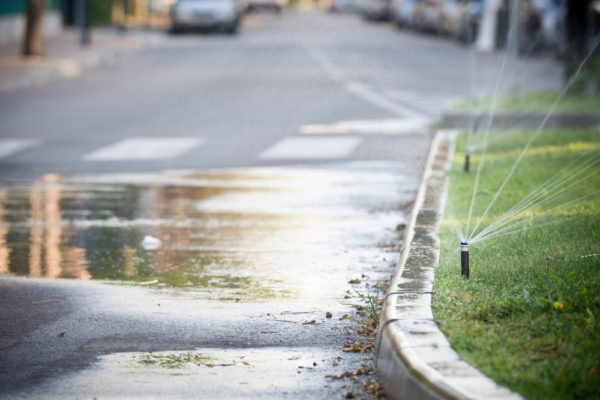
Below I’ve broken I down into five basic but important points:
1. Water in Spring for the lawn you want in Fall: I KNOW your lawn will look fantastic and may even improve if you water regularly in spring, but it fails to prepare your lawn for Fall. With one or two notable exceptions (shade, compaction, Take All Root Rot) it’s pretty easy to get grass to green and grow in Spring, whereas keeping a lawn healthy and attractive becomes increasingly difficult after July/August. Holding back on watering in Spring encourages a lawn to root down, developing a bigger, more mature root system that will significantly improve your grass’s chance to survive stress that will occur later in the year.

Healthy root system
2. Stress now, water later. As Spring is such a fantastical time for growth and recovery in the outside world it’s a unique opportunity to intentionally stress the grass to boost its resilience. By laying the ground work now it enables you to pander to the lawn later when necessary, so if extra watering is needed in August/September you can confidentially assign it to hot temperatures and not the start of a Fall decline.
3. Excess water = excess weeds. One of the most effective ways to help control many of our most aggressive weeds is – you guessed it – not watering. In fact the two worst grass-killing weeds we see year on year (doveweed and buttonweed) both thrive in wet conditions and wither in dry conditions. If saving money in your water bill also helps reduce weeds, that’s a double win.
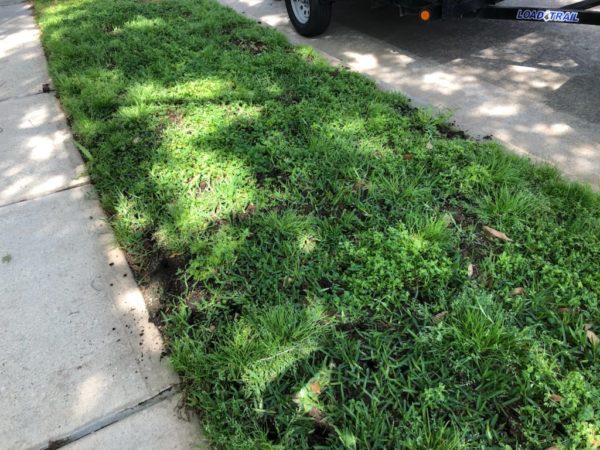
4. Fungus reduction: another of the most common lawn problems, fungus, is also linked to moisture. Brown patch – the most common fungus seen in our area – often occurs in low spots or areas of poor drainage, areas that are compounded by additional water. Although keeping the sprinklers off doesn’t solve low spots or drainage problems it definitely helps to manage them. Tip: if you have to water in spring or fall, sprinkle after sunrise and before midday to minimize activating fungus. In summer you can water during the night if preferred.
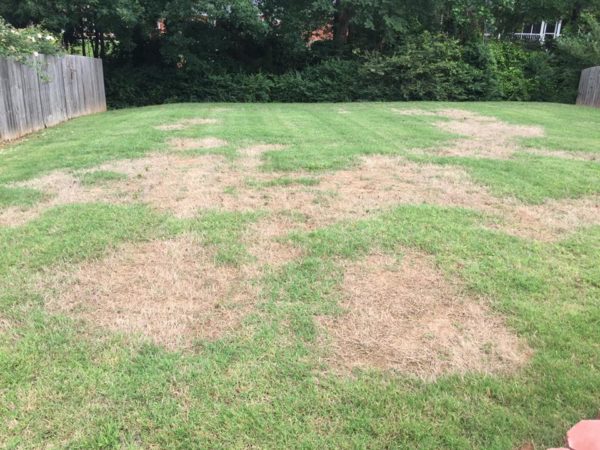
5. Early warning system: most lawns need little or even no sprinklers in spring as Mother Nature generally takes care of that for us, so if your lawn is starting to look dry or stressed in fours days or less through April then it’s a warning sign of an already existing problem that we don’t want to be finding out about in July. Keeping the sprinklers off is like checking your lawns temperature (something we’ve all gotten very used to the last year!), an easy and cost effective health check. Hopefully by now I have persuaded you to keep the sprinklers off this Spring – other than to do your cup test of course! But if you still have questions or concerns please let us know. Grateful thanks and appreciation for the lower water bills will be graciously accepted
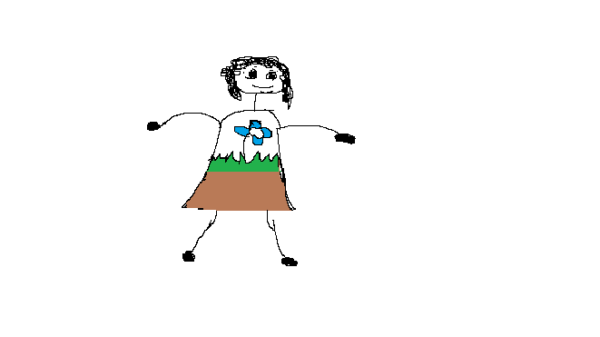
Crazy Grass Lady
|
ReplyForward
|
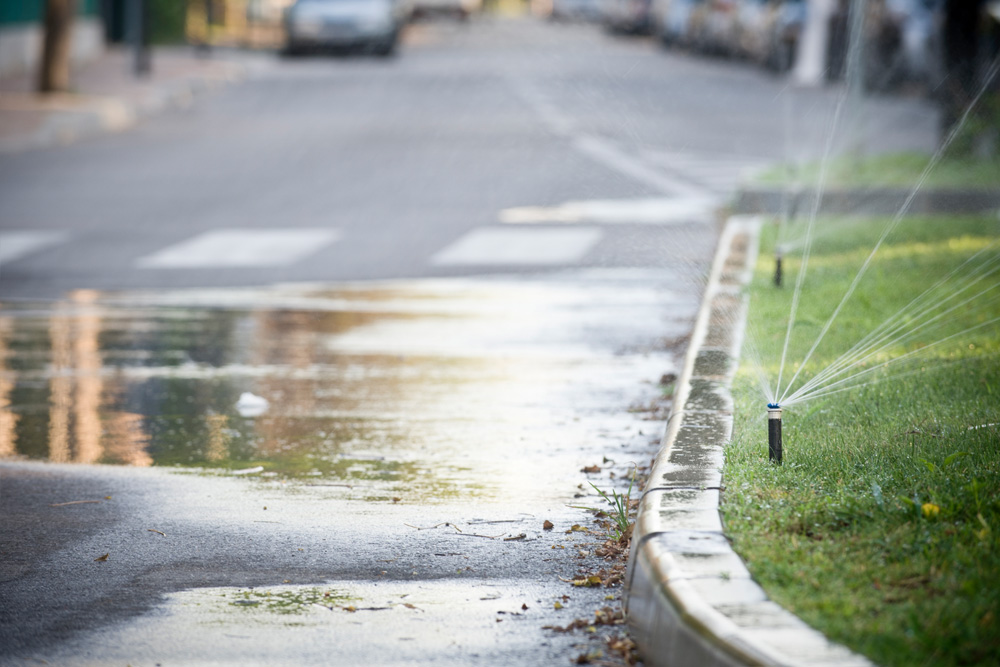



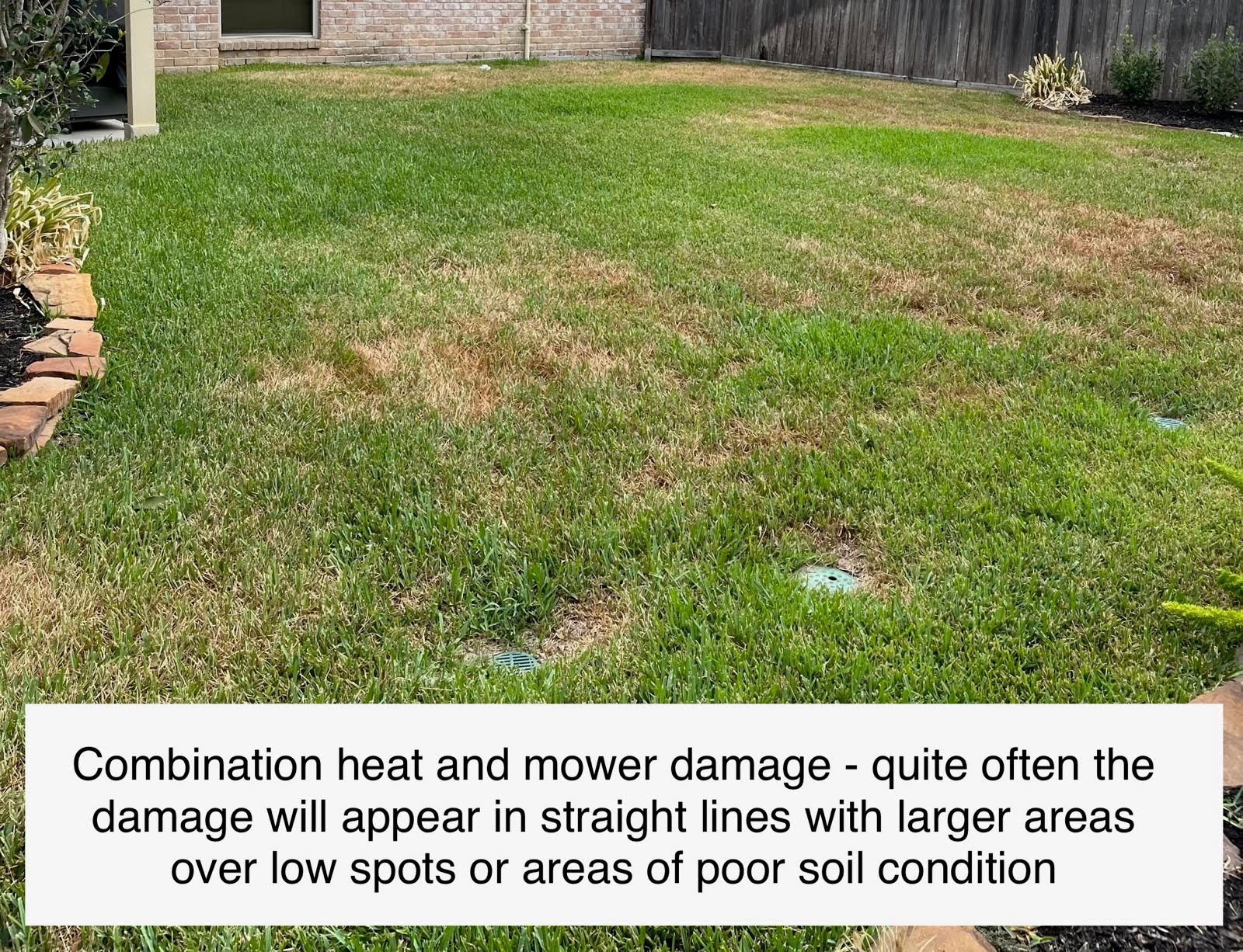
Leave A Comment